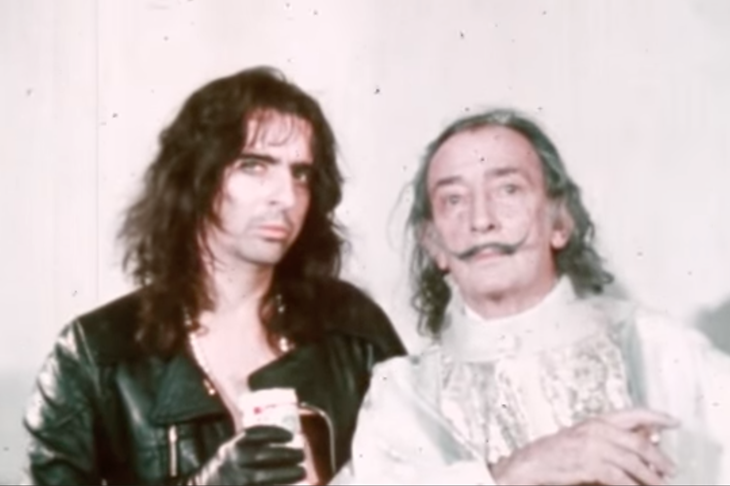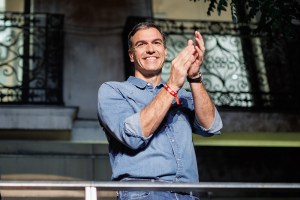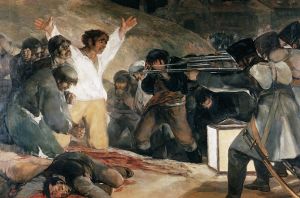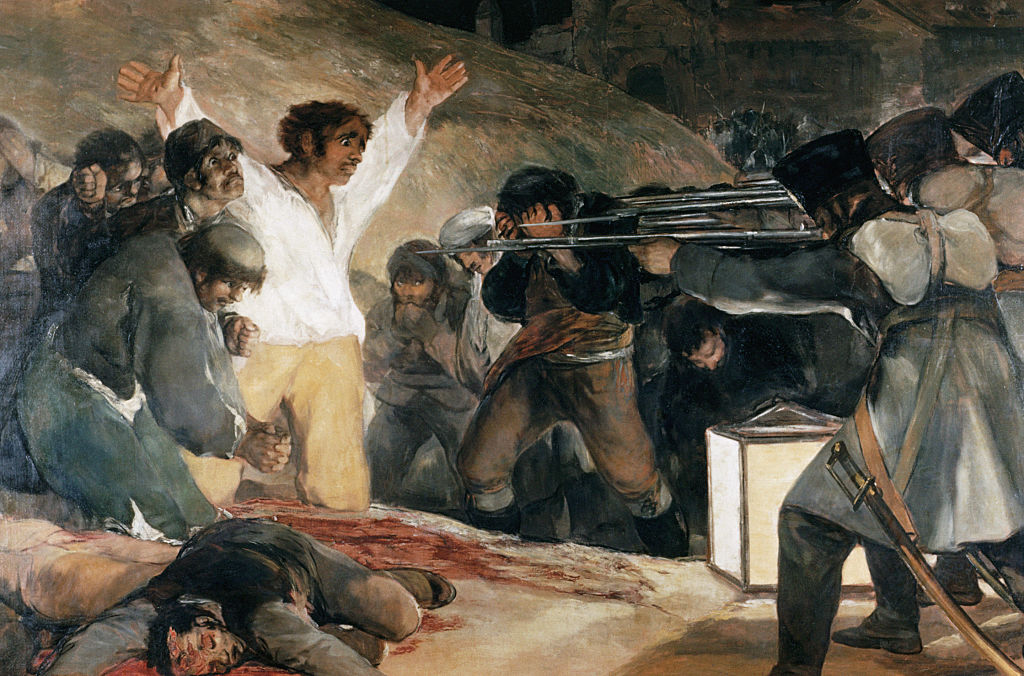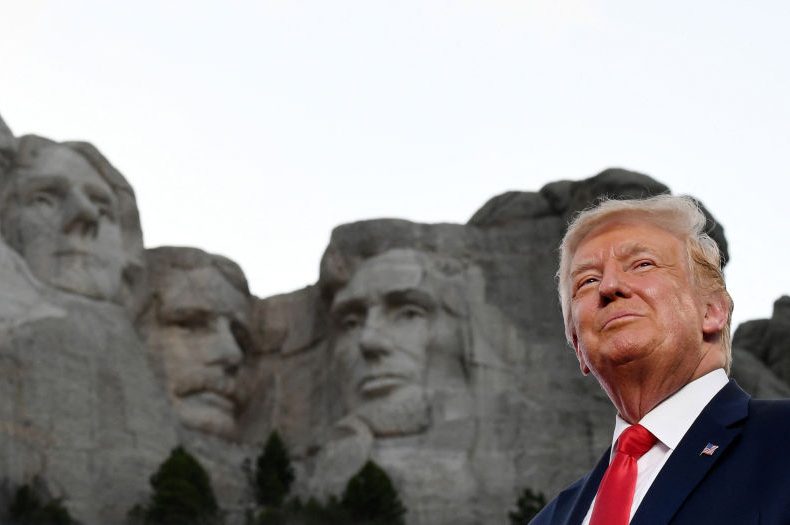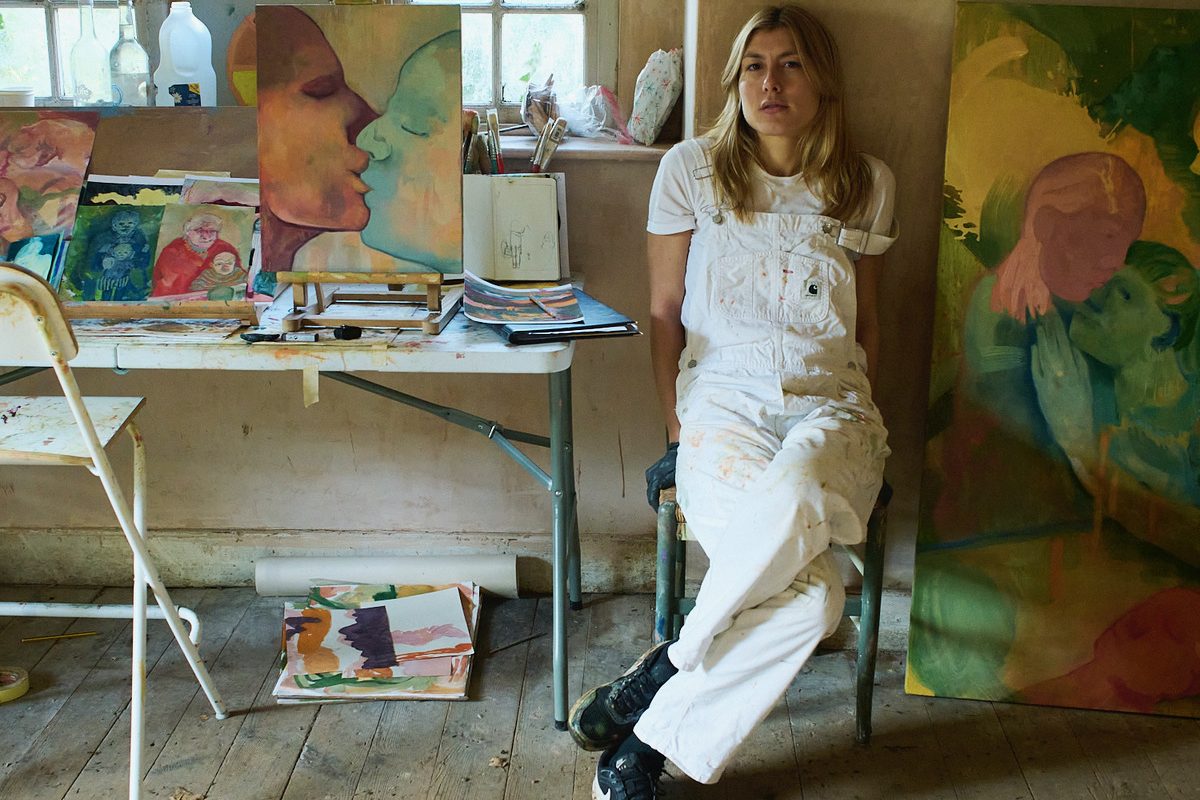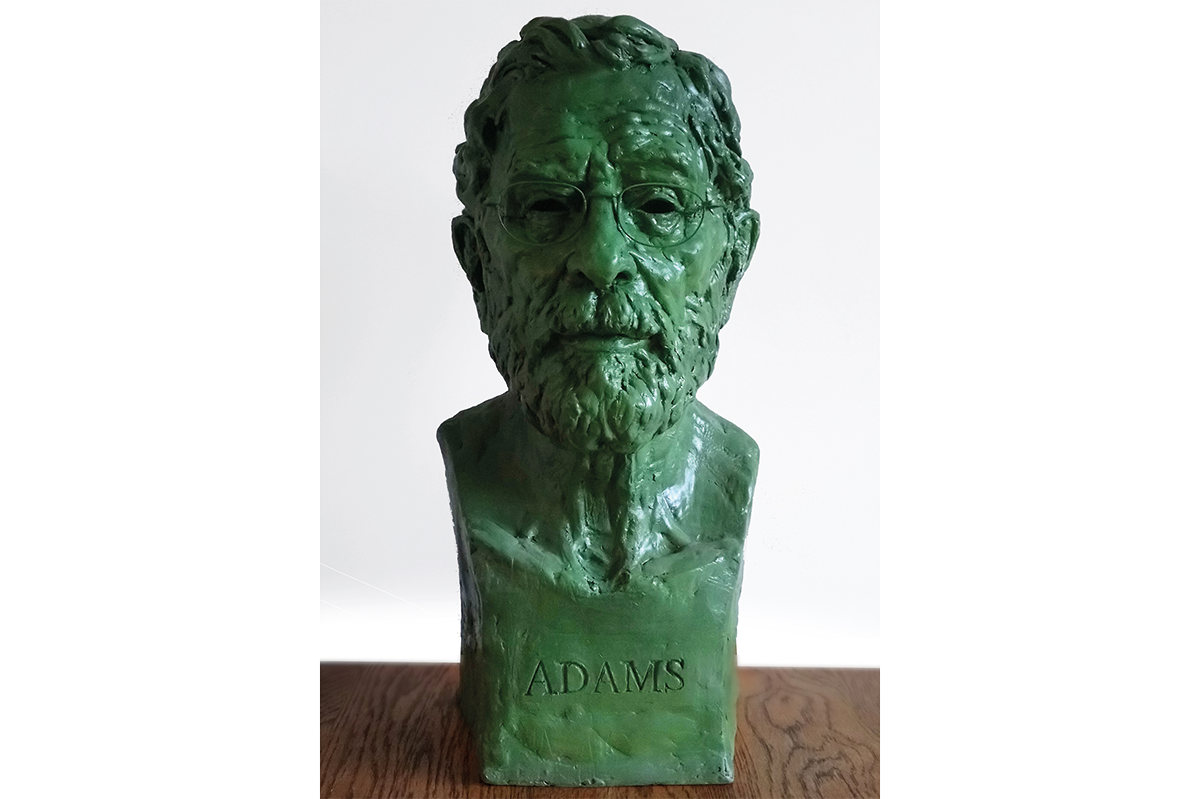It was the ultimate summit between the two kings of pop-art camp, and one of the weirdest celebrity encounters even by the standards of 1970s New York.
Salvador Dalí might have been the century’s most notorious modernist, but by the spring of 1973, when he was turning sixty-nine, his reign as the high priest of surrealism had descended into self-parody. Paintings such as his 1931 “The Persistence of Memory,” with its array of limp watches set in a barren landscape, had once sharply polarized critical opinion. For years, people saw Dalí either as a beacon of intellectual and emotional freedom, or as a madman who was more interested in money than art. But now they increasingly treated him as a relic, a museum piece who would do anything for a buck, reduced to producing advertising doodles to promote the virtues of Alka-Seltzer.
By contrast, the twenty-five-year-old shock-rocker Alice Cooper was riding high in the charts with the release of his 1973 album Billion Dollar Babies, and its accompanying trio of hit singles, “Elected,” “Hello Hooray” and the self-explanatory “No More Nice Guy.” Cooper (real name Vince Furnier, a preacher’s son from Phoenix) boasted a live act characterized by songs about sex and death, and illustrated by copious amounts of mascara, as well as by theatrical hangings, impaled wax babies and boa constrictors writhing across the stage. He was condemned by the Pope, and the British MP Leo Abse went so far as to compare his act to the “culture of the concentration camp,” informing Parliament that “Cooper’s incitement to infanticide and his commercial exploitation of masochism is an attempt to teach our children to find their destiny in hate, not in love.”
To Salvador Dalí, however, Cooper was neither a threat to the moral fiber of society nor especially interesting as a rock star. He was a means for the shameless old ham to reclaim the spotlight.
“Dalí’s people rang my manager, and said that he’d seen one of my shows,” Cooper told me. “He said it was like one of his paintings come to life, and that he wanted us to work together.”
On, somehow appropriately, April Fool’s Day of 1973, Cooper duly found himself waiting at the bar of the St. Regis Hotel in Midtown Manhattan. As he recounted it, “It was about four in the afternoon, and all of a sudden this troupe of five androgynous midgets in pink chiffon floated in. They were followed by Dalí’s wife Gala. She was about eighty years old, dressed in a white tie, top hat and tails, and carrying a silver cane. Then came Dalí, all waxed mustache and glittering eyes. He was wearing giraffe-skin pants, a zebra jacket, gold ballet shoes with pointed toes, and sparkly purple socks given to him by Elvis.”
In short order, Dali ordered a round of dynamite-strength cocktails for everyone, and a glass of hot water for himself. But that was only the beginning of the artist’s teatime ritual. Taking a bottle of honey from his pocket, the great showman began pouring it into his glass. “At first he was squeezing it in normally, but then he began lifting the honey higher and higher above his head so that it was gushing down like a waterfall,” Cooper said. At the climax of this performance, Dalí began snipping at the stream of honey with a pair of gold scissors he extracted from another pocket. Then he raised his arms aloft like a prizefighter, causing Gala and the watching midgets to burst into applause.
“My manager and I exchanged glances,” said Cooper. “I realized at that point that everything was about Dalí. The world revolved around him. I wasn’t meeting him. I was entering his orbit.”
What Dalí wanted to do, it turned out, was to make Cooper the subject of his latest artwork, which he intended to call by the snappy title of “The First Cylindric Chromo-Hologram Portrait of Alice Cooper’s Brain.” Anyone familiar with the 3D renderings of the current Abba Voyage show need only think of one of those same figures, but composed of rainbow colors and confined to a tall Perspex tube. Like the finished piece, Dalí’s description of it defied easy comprehension. “When he spoke, it would come out one word in English, one word in French, one word in Italian and one word in Spanish,” Cooper recalled. “You could only understand a quarter of what he was saying.
“I wasn’t sure quite what to expect,” Cooper continued, but after a few more explosive cocktails and some robust negotiating between his manager and Mrs. Dalí, it was agreed that the “School’s Out” singer would serve as an artist’s model for the next week. In due course, a dark-suited man in a bowler hat arrived in a room set aside for them in the St. Regis, carrying a black attaché case. Dali opened the case and extracted a diamond tiara and necklace as the dark-suited man, now brandishing an apparently real machine gun, looked on. Again deploying his signature brand of surrealist Esperanto, Dali then instructed Cooper to remove his shirt, put the diamonds on, and sit cross-legged on a revolving dais while biting into a marshmallow-flavored statuette of the Venus de Milo.
Over the next few days, the project continued with Dalí posing a half-naked Cooper while the latter clutched his ubiquitous can of Budweiser. Other artistic props included a ceramic sculpture of a brain capped with a dripping chocolate éclair over which crawled some ants. Just for variety, Dalí once instructed his model to put on a cape and then stick his head in a metal pail “painted the color of an LSD sunrise” and play the harmonica. In his orange bucket and flowing robes, Cooper must have looked like Ned Kelly kidnapped by the Bhagwan Rajneesh, but still somehow managed to keep up a more or less lucid conversation about what it was to be an artist. “Dalí couldn’t quite believe that I wasn’t the Alice character all the time,” Cooper recalled. “I didn’t want to be that guy with the leather pants and the snake when I went home at night to watch golf on TV.”
When it was all over, there was a press conference at the Knoedler Gallery in New York to unveil the fruits of the two men’s collaboration. For Cooper, this turned out to be the most illuminating part of the whole project. “The guys from 60 Minutes were there, and one of the first questions they asked was, ‘What is it like working with Dalí?’ ‘Well,’ I confessed, ‘he’s a genius, but to be honest I couldn’t understand a word he said.’ There was a bit of laughter, and then Dalí himself stood up and said, ‘That is excellent. The best form of communication is always confusion.’ As it turned out, he was well aware of what was going on around him. He spoke perfect English.”
The First Cylindric Chromo-Hologram Portrait of Alice Cooper’s Brain can today be seen at the Dalí Theatre-Museum in Figueras, Spain, and a replica is at the Salvador Dalí Museum in St. Petersburg, Florida. No one seems to know what became of the ceramic brain itself, although Cooper told me he’s been looking for it for fifty years. “It’s my holy grail, so if you find it, let me know. I’d love to put it on the shelf next to my golf trophies.”



